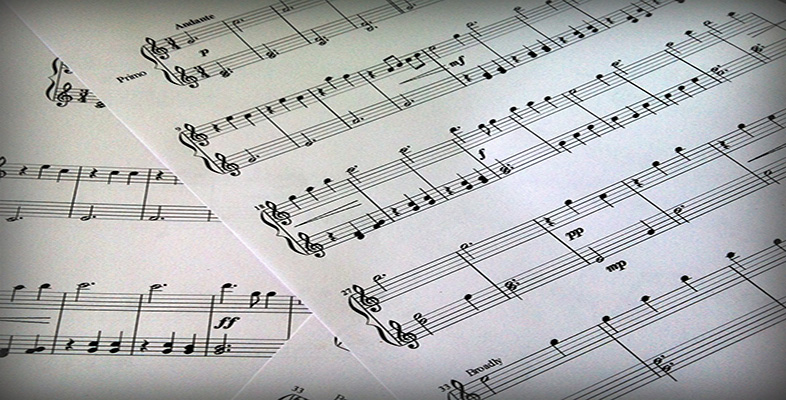1 Overview
1.1 Experiencing film music
People hear and experience film music differently, and it is important to respect and explore this subjectivity. No answer is wrong, but merely representative of different cultural perceptions.
‘All that I can say about my method in writing music for films is that it is intensely personal. I work completely emotionally. I cannot intellectualize about the role of music in film. I decide if it should be there purely by my emotions.’
Jerry Goldsmith, composer for Alien (1979), The Sum of All Fears (2002) and the Star Trek films (1979–2002), quoted in Thomas, T. (1991) Film Score: The Art and Craft of Movie Music, Burbank, CA, Riverwood Press, p. 293.
‘In my mind's eye I create themes for the principal characters. I then begin to consider the all-important matter of timing the pace of the film – to speed up gradually towards the climax.’
Max Steiner, composer for King Kong (1933), Gone with the Wind (1939) and Now, Voyager (1942), quoted in Daubney, K. (2000) Max Steiner's Now Voyager: A Film Score Guide, Westport, CT, Greenwood Press, p. 51.
Film musicologists are still developing definitive approaches to interpreting film music, drawing on filmic, musicological and even sociological models to explore the relationship between what we see and what we hear. An important starting point in the classroom is to establish that the pupils are actually hearing the music in the soundtrack. Often there is so much to look at that music remains ‘unheard’.
Throughout this course, reference is made to a number of pieces of film music. It would be advisable to obtain all the clips you intend to use beforehand. The recommended clips are:
-
one item each from lists A and B from Suggested extracts in Activity 1
-
the James Bond theme
-
Hedwig's theme from Harry Potter
-
the Jaws theme
-
Fantasia
-
the music from the ski sequence from the Spy Who Loved Me
-
the music from the garage scene from Tomorrow Never Dies.
Have a look now at Activity 1 , which introduces pupils to the challenges of listening.
Activity 1
Click 'View document' to open Suggested extracts
View document [Tip: hold Ctrl and click a link to open it in a new tab. (Hide tip)]
Click 'View document' to open Experiencing film music
Click on the second 'View document' link above and choose two contrasting film extracts from the list Suggested extracts and play them for your pupils. Extracts from List A should be more easily heard, described and remembered by pupils than those from List B. Click again on the Text icon above and have a look at the question sheet Experiencing film music, which will give you a framework for directing discussion. Bear in mind that some pupils may hear the music in ways you do not expect, so be prepared to draw out their experience to stimulate discussion.
